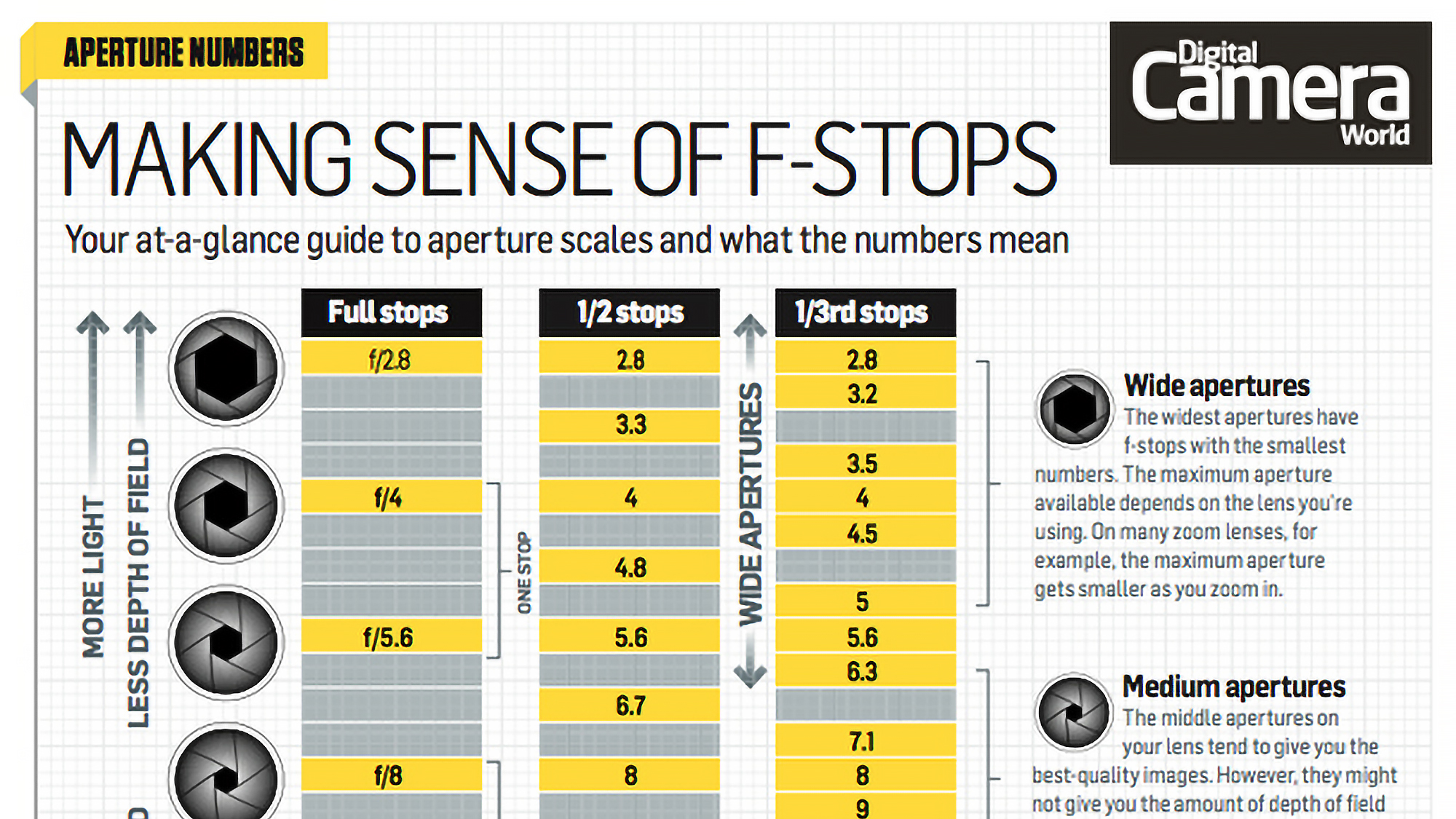Contents

Source: Digital Camera World
Understanding Aperture Stops in Optical Systems
In the realm of optics, the concept of aperture stops is fundamental to the design and functionality of imaging systems. These components play a critical role in determining the amount of light that an optical system can capture and process. This blog post delves into the intricacies of aperture stops, their significance, and their application in various optical systems.
What is an Aperture Stop?
An aperture stop is an optical component that limits the angular range from which an imaging system can gather light. This range is measured from the central point of the object plane, which is the point where the instrument is focused. The aperture stop serves as a boundary for the light entering the system, ensuring that the system only receives light from a specific angle.
Types of Aperture Stops
There are several types of components that can serve as aperture stops:
- Optical Elements: Components like lenses that have a limited size can act as aperture stops. These elements inherently restrict the light entering the system due to their physical dimensions.
- Intentional Apertures: Devices such as irises can be intentionally introduced into an optical system to control the amount of light entering. These adjustable apertures allow for precise control over the light gathering process.
- Observing Eye: In direct viewing instruments like telescopes or microscopes, the pupil of the observer’s eye can act as the aperture stop, limiting the effective light that can be used.
The Role of Aperture Stops in Optical Systems
The primary function of an aperture stop is to set a limit on the light-gathering power of an optical instrument. By doing so, it helps in reducing optical aberrations that can occur with larger opening angles. Optical aberrations can degrade the quality of the image produced, making the control of aperture stops crucial in high-precision optical systems.
Multiple Apertures in Optical Systems
In complex optical systems containing multiple apertures, the aperture stop is identified as the aperture that most significantly limits the angular range of incoming light. This determination is essential for optimizing the performance of the optical system, ensuring that light is efficiently focused and processed.
Conclusion
Aperture stops are indispensable in the design of optical systems, serving as a critical component in controlling the light entering the system. By understanding the function and types of aperture stops, optical engineers can design systems that maximize light efficiency while minimizing aberrations, ultimately leading to clearer and more precise imaging.
Source: Click and Learn Photography
Feel free to comment your thoughts.



